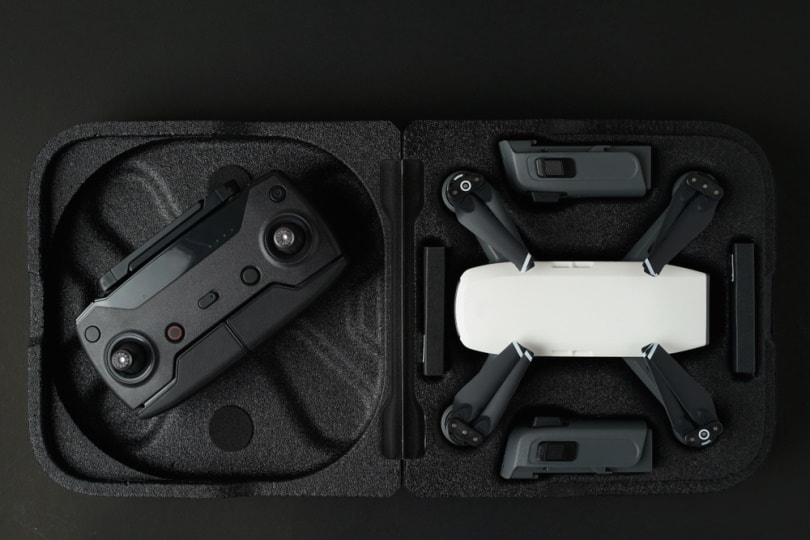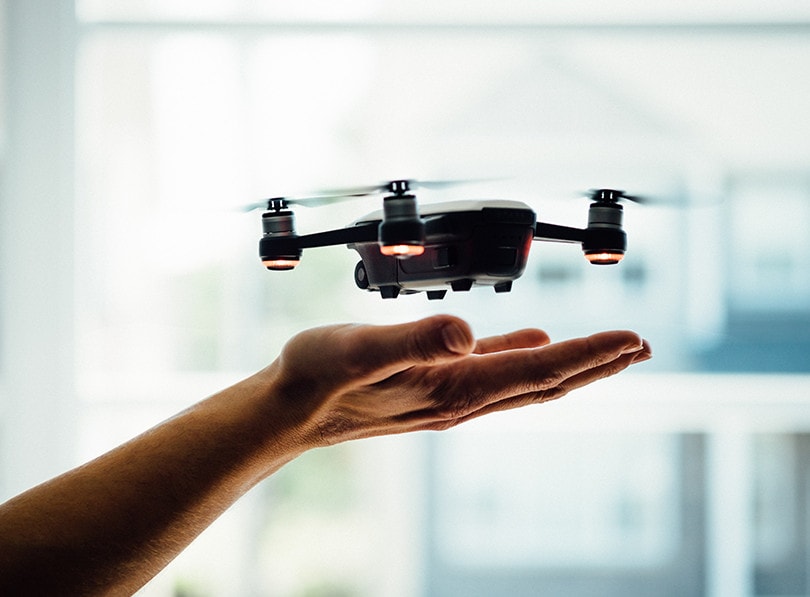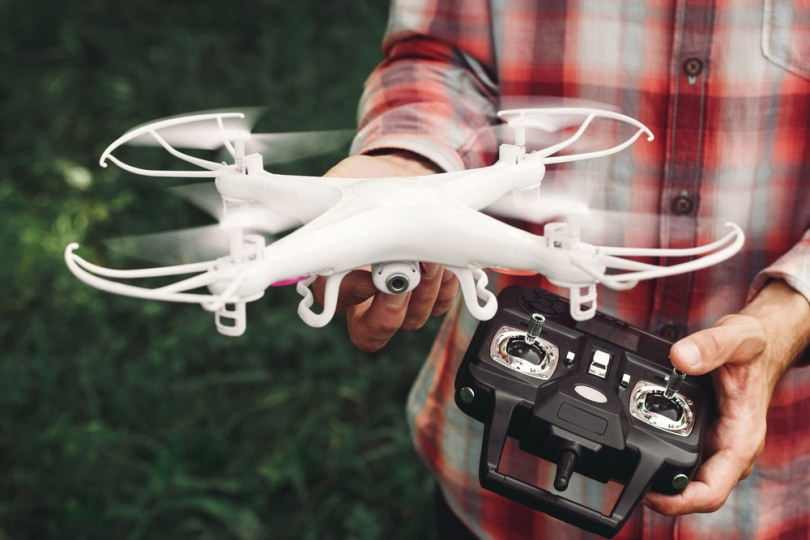Can You Fly Drones in State Parks? What You Need to Know!
Last Updated on

Drones are a great way to get killer shots that you can’t get from the ground. What better place to get fantastic shots using your drone than at state parks? State parks provide beautiful scenery that is worth photographing.
Unfortunately, many state parks prohibit the use of drones, though not all. You will have to check with the individual state park to determine if drone flying is allowed. Drones may not be allowed due to public safety, threatened natural resources, fire dangers, and more.
For a more comprehensive look at whether or not you can fly drones in state parks, keep reading. This guide tells you all you need to know before you take to the sky with your drone.

Can I Fly Drones in State Parks?
Whether you can fly drones in state parks is up to local regulations and the area’s district superintendent. All state parks should have clear laws and regulations about drone flying. This information will be posted so you can easily access it.
You’ll be disappointed to know that most state parks prohibit the use of drone flying. State parks in Tennessee, California, and Montana are just three examples that prohibit drone flying, though there are many other states that fall under this category.
Some states have certain stipulations. For example, Utah has specific times of the year when using a drone is outright banned, but there are other times when you can get a permit to use a drone. This just shows that the stipulations about drone flying in state parks vary from state to state.
Because the laws concerning flying drones in state parks vary so much, it’s important to contact the state park officials of the park you want to fly in. They will be happy to let you know the laws and stipulations.

Why Can You Not Fly Drones in State Parks?
To many hobbyists, it can be frustrating to find out that it is illegal to fly the drone in state parks and other areas. After all, it might not seem that the drone is doing much damage. However, these laws are in place to protect the wildlife and surrounding environment.
Consequently, there are many reasons why state parks may prohibit the use of drones. Some of the most common reasons include:
- Protect public safety
- Protect threatened wildlife
- Conserve resources
- Fire danger
- Recreational conflicts
If you want to know why your specific state park prohibits the use of drones, ask them. They will likely give you a thorough answer.


What Happens if I Fly My Drone in a State Park?
If you fly a drone in a state park where the act is prohibited, you can get fined. The maximum fine depends on local regulations. In some cases, you may get a warning before getting fined, but that is not always the case. In some areas, you might get arrested after multiple offenses.
What About National Parks?
Just like state parks, national parks prohibit the use of drones. National parks take drone flying very seriously. If you are caught flying a drone at a national park, you can get a maximum fine of $5,000 and a 6-month stay in jail.
Why Can You Not Fly Drones in National Parks?
Drones are prohibited in national parks for the same reason they are prohibited at state parks. National parks take the offense more seriously because national parks are run by our government and aimed to conserve our wildlife and culture. Because drones can potentially cause a threat to these things, they are prohibited.

Can I Fly My Drone at a Local Park?
Although you cannot fly drones at most state or national parks, you are not without luck. The good news is that most local parks and areas allow you to fly your drone, but it is up to the local laws to determine if it is legal to fly your drone in their public spaces.
It should be very easy to find out where you can fly your drone. In places where drones are prohibited, this fact is normally clearly stated at the entrance. If you want to be safe and double check, you can always contact your local Parks and Recreation department.
Contacting your local government will also ensure that you are following all laws relating to drone flying. So, it’s a great idea to contact your representatives to not only learn where you can fly your drone but also how to do so.

Final Thoughts
Unfortunately, you cannot fly drones in most state parks. This is not always the case, but the overwhelming majority of state parks prohibit the use of drones. The same is true for national parks. Make sure to follow these laws to avoid penalties and protect our wildlife.
Instead, fly your drone in areas where it is allowed. For example, drone flying is accepted at many local parks. Contact your local government to find out where you can fly your drone legally and safely.
Featured Image Credit: Mr.Ronnachai Pattanaphol, Shutterstock
About the Author Robert Sparks
Robert’s obsession with all things optical started early in life, when his optician father would bring home prototypes for Robert to play with. Nowadays, Robert is dedicated to helping others find the right optics for their needs. His hobbies include astronomy, astrophysics, and model building. Originally from Newark, NJ, he resides in Santa Fe, New Mexico, where the nighttime skies are filled with glittering stars.
Related Articles:
Can You Use Binoculars to Look At Stars? How to Choose the Right Pair
How to Clean a Refractor Telescope: Step-by-Step Guide
How to Clean a Telescope Eyepiece: Step-by-Step Guide
How to Clean a Rifle Scope: 8 Expert Tips
Monocular vs Telescope: Differences Explained (With Pictures)
What Is a Monocular Used For? 8 Common Functions
How to Clean a Telescope Mirror: 8 Expert Tips
Brightfield vs Phase Contrast Microscopy: The Differences Explained
